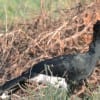 By Jim Stevenson,
By Jim Stevenson,
I wanted to spend some time preparing yall for the big changes that will come soon in the Houston/Galveston area, and really, around the Country. October is a month things with birds change drastically, not unlike May. In the beginning of the Month, we still have a fair number of summer residents and circum-Gulf migrants around, and not a lot of trans-Gulf migrants seen. This was especially true this year as the fall migration was very late. For instance, I saw numbers of Mississippi Kites still around at the Hawkwatch Tower in mid-October!
During October we get a lot of trans-Gulf migrants filing through, but finding them is tricky. Often they drop in mid-morning, presumably after flying several hours since just before dawn, and they feed and bathe vigorously between maybe 9:30 and 11 am. I have witnessed this many days in the past few weeks, and also how they suddenly disappear in the woods to sleep it off.
By the end of October, winter residents are here, although some are in better numbers than others. I get the sense that they are late arriving, as I’ve not seen a Yellow-rumped Warbler yet, very few Herring Gulls, one phoebe, two sparrow species (one individual each), one RC Kinglet, and you get the idea. I cannot say if this is normal migrational variation, a result of fewer birds, global warming or whatever. At least the hordes of mosquitoes are calming down, as this was one of the worst falls for them.
Cold fronts are still great days to bird, whether you’re in Texas or Florida (where fall fronts are even better!). Sometimes in Texas, the second day after the passing front is better, coz the winds start blowing from the East, forcing birds back this way. Westerly winds aren’t that great for the UTC but Florida lives for them!
As we move from a migrational setting into a winter one, different families become more important, or less so. Gulls create great possibilities for stragglers from elsewhere while terns narrow to (pretty much) three species throughout the winter (Royal, Caspian and Forster’s). Sparrows may be the most exciting family for those with the patience to chase them, and raptors are another exciting group with various northern and western species visiting the UTC (not so much in Florida). Ducks are another great group in winter, and in November, on dark days right before the passage of cold fronts, watch the seas off the Seawall for scoters flying east. We also pile up a lot of sandpipers and plovers along the beaches and intertidal zones, and some winter residents like loons in Offat’s Bayou or off the Texas City Dike.
In planning winter birding days, there’s nothing wrong with selecting days with nice weather. Also plan according to the tide, with high tide meaning the shorebirds won’t be out of range on tiny offshore islands. Also, late afternoon is sometimes better for shorebirds, as during the day the sun is often in your face as you watch those shorebirds. Morning is better for forest birds, and photography is crappy in the middle of the day (sun bleached).
Wintertime is a great period for feeders, as birds always welcome cheap meals. Offer your guests as many alternatives as possible and keep the bath water fresh. You camera people can get some great shots if you plan your set-up with the sun, time of day and blind – perhaps using a convenient window. You might really be surprised what comes, whether shooting or not. I’ve had 318 species in my yard and each one has brought me special joy and happiness.
Last, I would just encourage each of you to get outdoors with the birds, as wintertime may be the most important season for that. Your brain needs that sunlight to keep away the gloomies, just as staying active keeps us happier and more fit.
Also below are some birds you’ll most likely see on the Venezuelan trip in February. It’s two weeks, $2400 and you’ll see about 350 species or so. Let me known if you’re interested, but enjoy the bird pictures, regardless. BTW, I spend a LOT of time in Venezuela, staying out of Caracas, and that is a very safe Country will extraordinarily nice people.
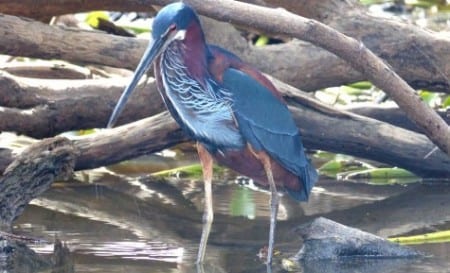
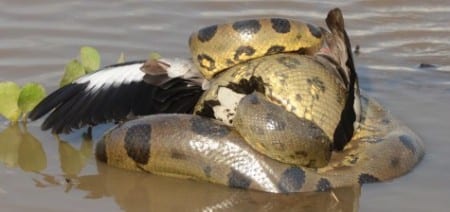
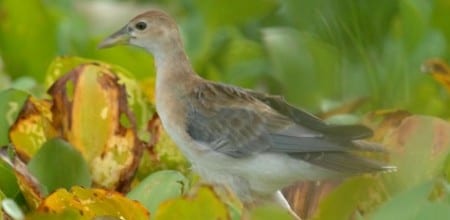
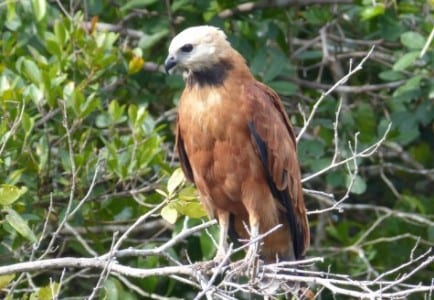
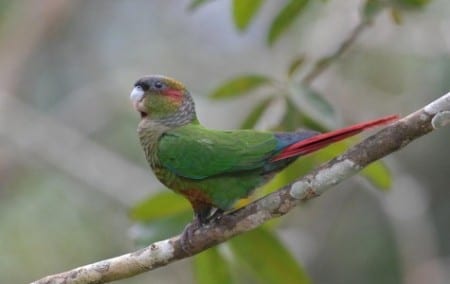
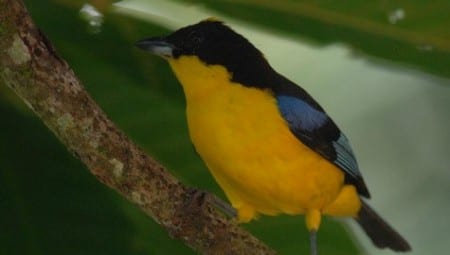
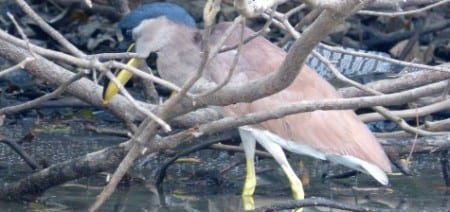
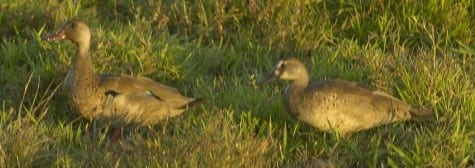
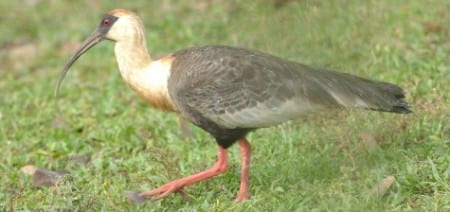
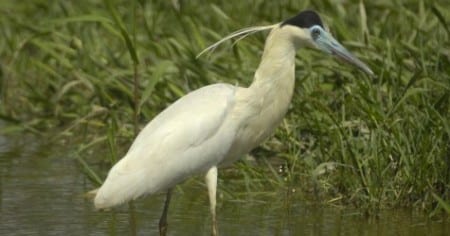
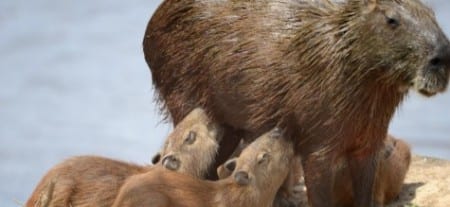
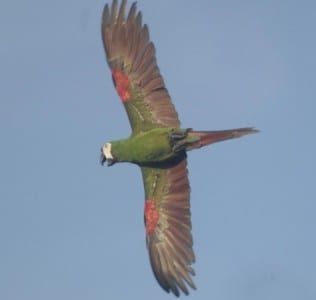
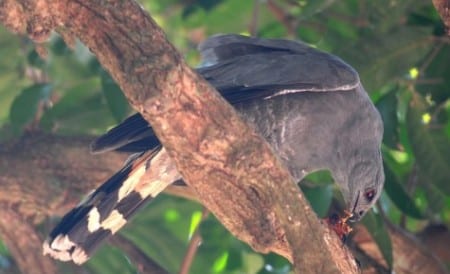
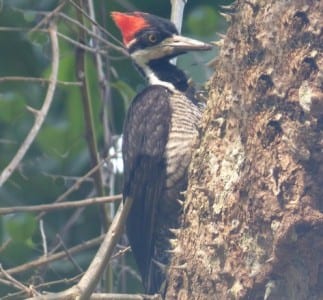
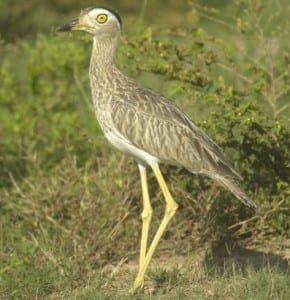
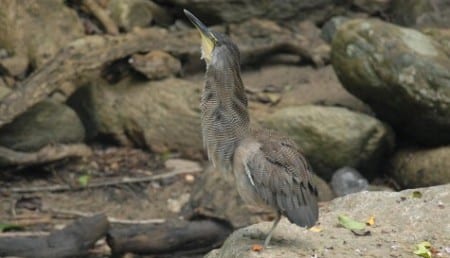
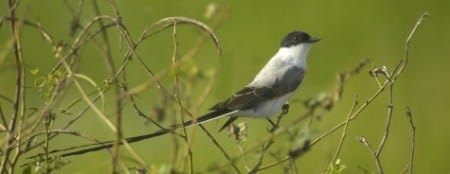
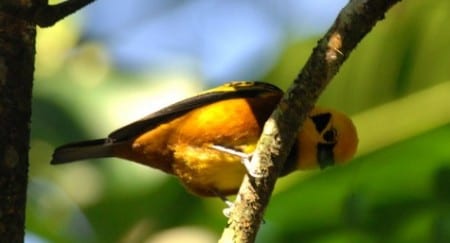
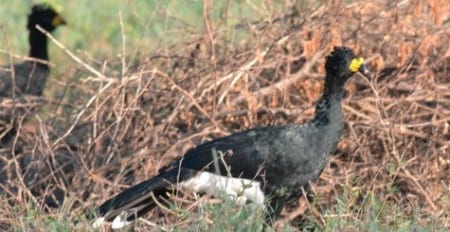
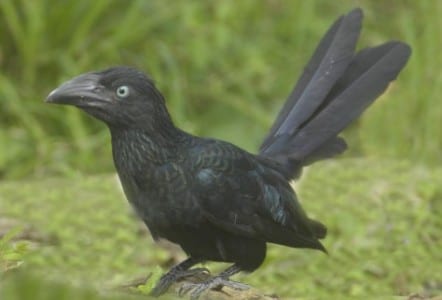
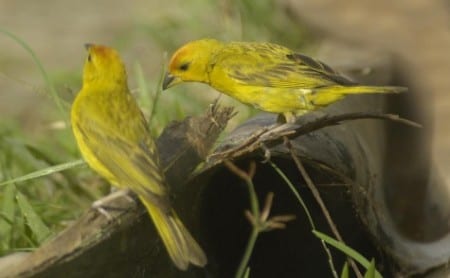
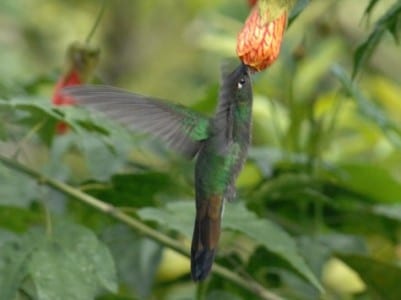

 Posted in
Posted in 























